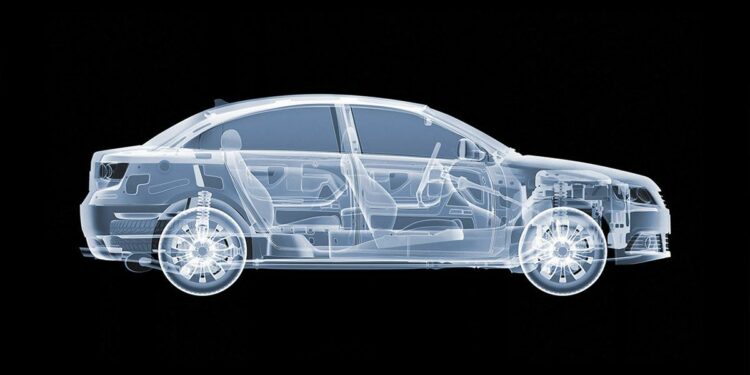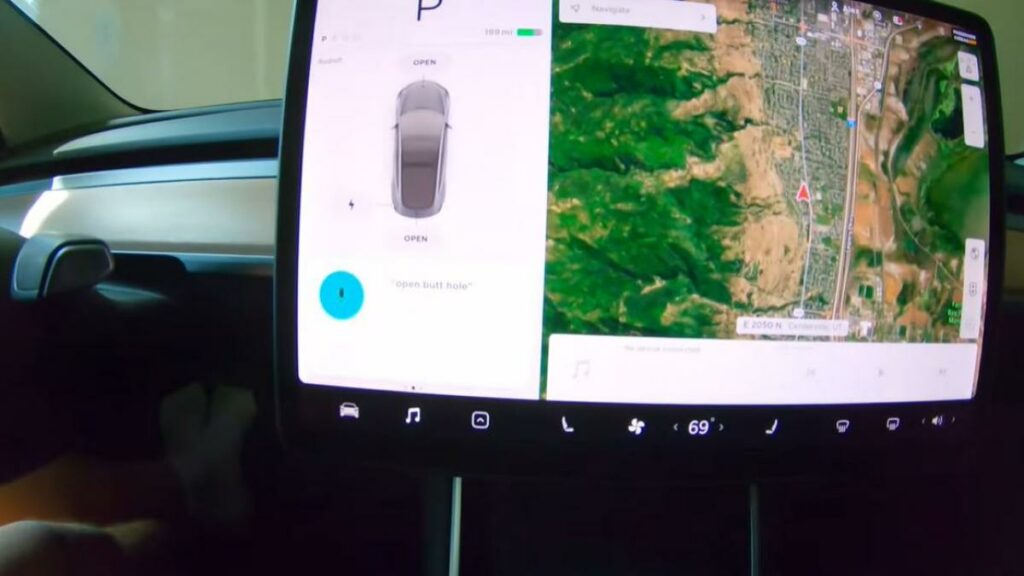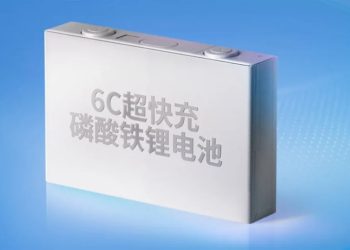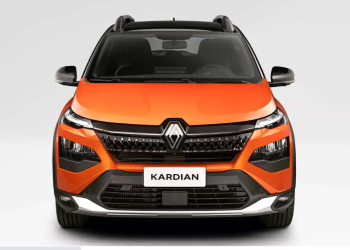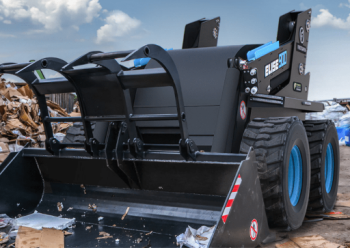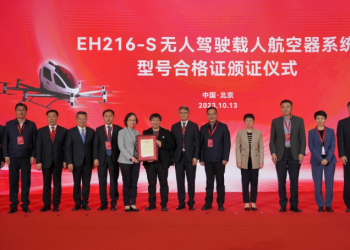With the aim of reducing traffic accidents and continuing to advance automotive technology for a future with autonomous cars, scientists from the University of Cambridge, Oxford and University College developed a front screen that will allow drivers to obtain images in 2D and 3D ultra high definition.
The approach of this invention is to achieve a hologram that represents the environment where vehicles move, generating an augmented reality that will allow to see through objects such as cars, pedestrians, trees, walls, among others, as a kind of vision to X-rays.
According to official data published by the University of Cambridge, in 2017 there were 1.25 million fatal car accidents on the roads around the world, highlighting that human error was an important factor that contributed to 94% of the accidents.
Related content: Tesla plans to build the world’s largest battery factory
For this reason, vision technology has been developed as a safer alternative. The researchers explained that this type of system was first used in combat aircraft after World War II.
It is also currently implemented in iPhones to focus night photos, or they are also implemented in Tesla cars, which are capable of analyzing the environment when driving alone.
Research elements
The scientists explained that in order to reproduce the images of the panorama they used the so-called Lidar sensors, devices that launch pulsed light beams to measure the distance between the laser emitter and the different objects and surfaces that it is.
The first tests carried out resulted in the appearance of holographic images in the driver’s field of vision, according to his real position, creating an augmented reality. This could be particularly useful as the one in control of the vehicle could see through visual obstructions.
The display system used is the “head-up display” (HUD) and many cars have it as a function to show 2D information on the windshields. In this case, it would be projected directly into the driver’s eyes.
In addition, the car will have a sensor to identify if one of the objects in the middle of the road represents a danger and the system will immediately turn on the alert signal to reduce the risk of a collision.
Read also: QUDS E.E: a 100% electric and elegant proposal of Lebanese origin
It is expected that in the medium term the researchers will be able to refine their system by customizing the design of the front display screens and have created an algorithm capable of projecting several layers of different objects.
These layered holograms can be freely arranged in the driver’s viewing space. For example, in the first layer, a road sign can be projected at a greater distance at a smaller size. On the second layer, a warning sign at a closer distance can be displayed in a larger size.
Likewise, the scientists assure that this technology could mean a key step for the future of autonomous cars that, according to data from the main technology firms, will be mining the streets of the world in the not-too-distant future.
Written by I Jhonattan González



